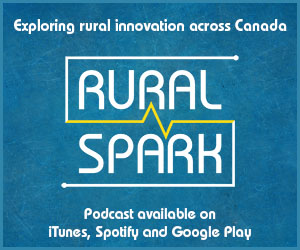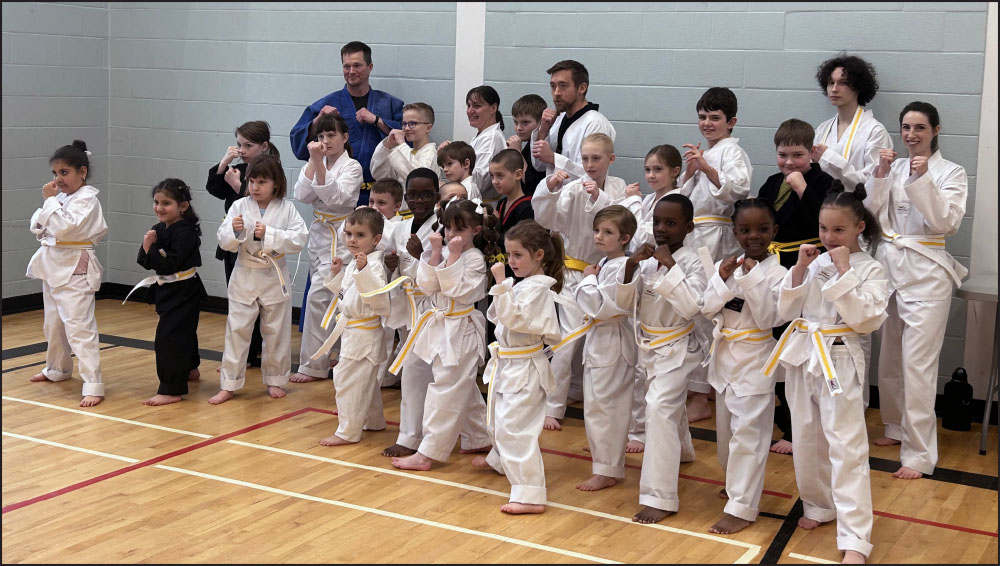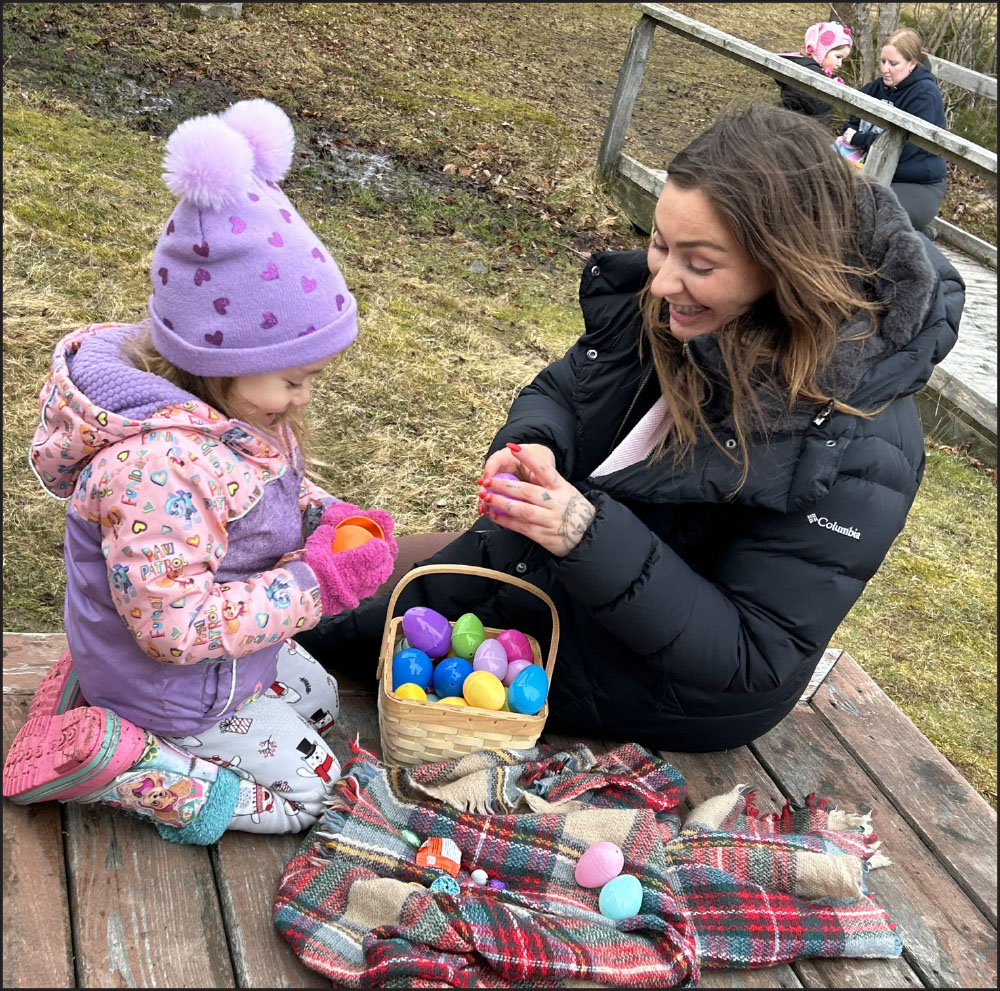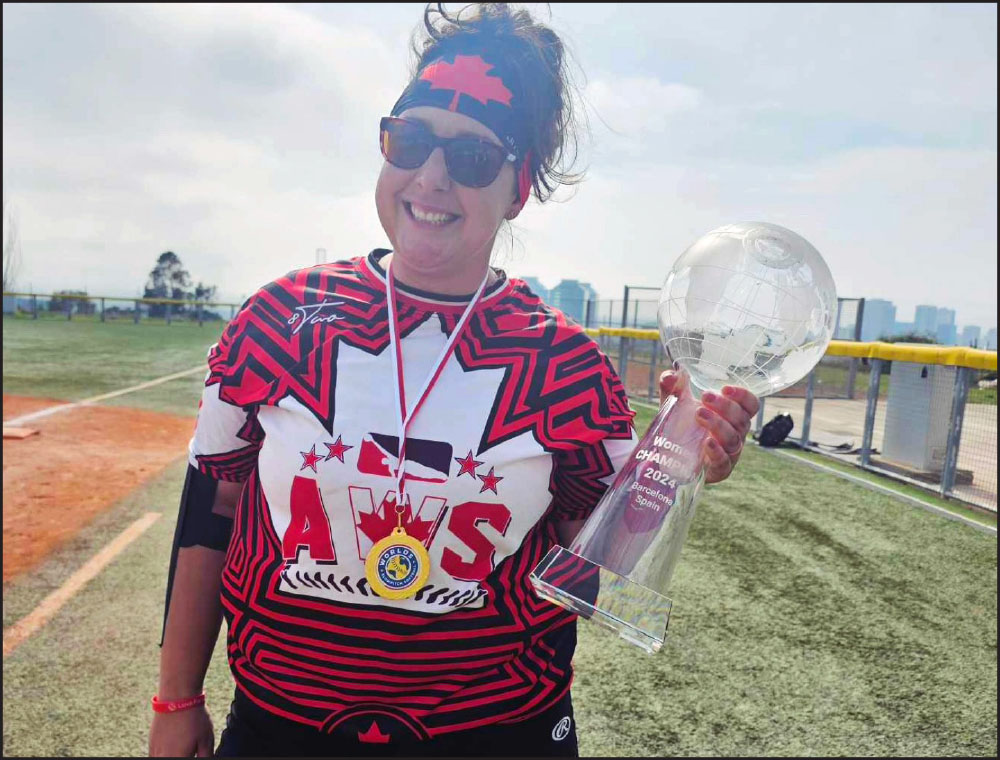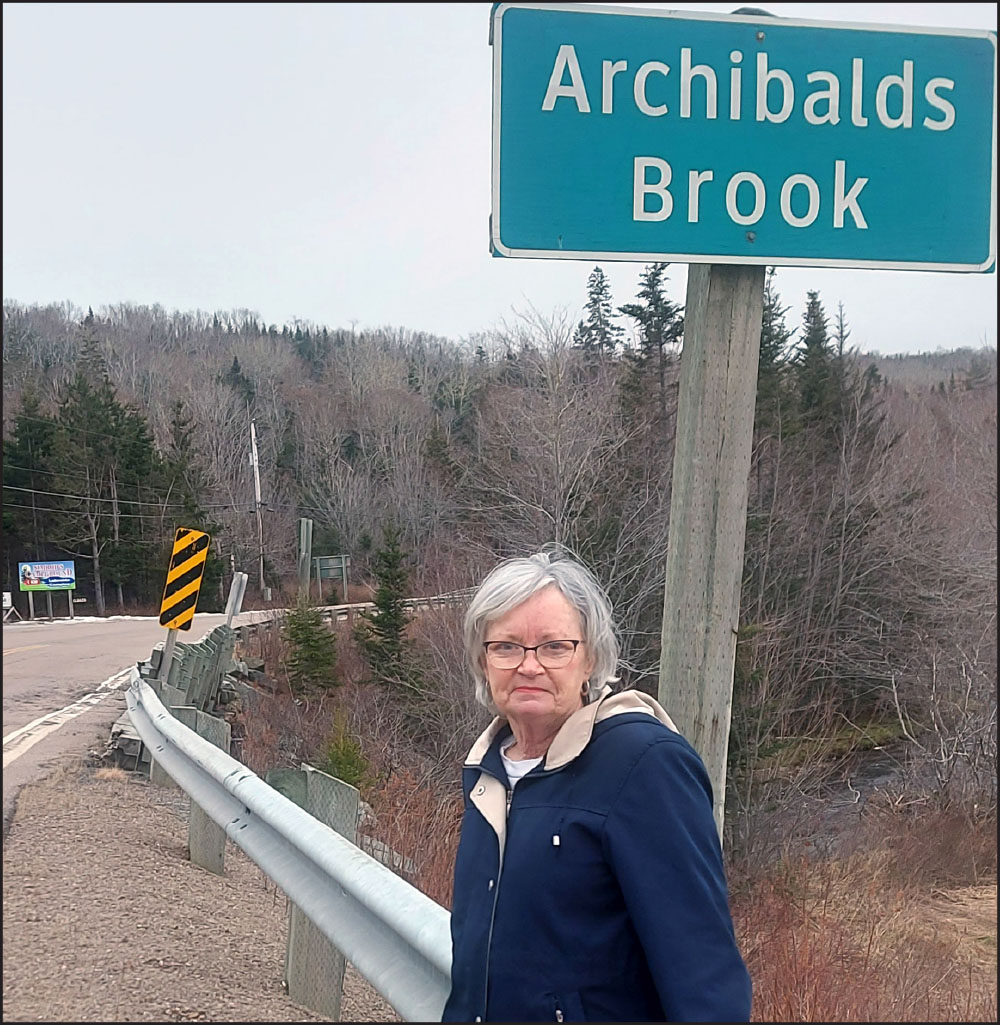GUYSBOROUGH – “It just seemed like the right thing to do,” says Lloyd Hines, who sits as the MLA for Guysborough-Eastern Shore-Tracadie, but was a councillor in the Municipality of the District of Guysborough (MODG) in 1994, when council applied to the Utility and Review Board (UARB) to create a seat to represent the Black communities in the municipality.
In March of 1994, the UARB released a decision on the matter based on a hearing convened in Guysborough by the board in Jan. 1994, approving the application to reduce the number of MODG council seats from nine to seven and create polling District 2 “which would combine the voters in Lincolnville and Sunnyville into one polling district.”
At that time, and to date, it is the only municipal seat of its kind in the province; created to ensure the voice of African Nova Scotian communities would be heard at the council table.
The UARB decision stated, “The issue of creating seats for special groups generates a lot of discussion. Those supporting such seats see it as a way to address previous inequities and to permit a disadvantaged group to elect one of its own members.
“Those opposed are concerned that it may have the effect of ghettoizing the group and that it goes against the concept that elected representatives are expected to represent a broad spectrum of people and not just a special group.”
The creation of the seat required special permission from the UARB as the population of the areas covered—Lincolnville, Upper Big Tracadie and Sunnyville – did not satisfy the population requirement for a polling district, falling far short of the allowable variation from average number of voters per district in the MODG.
The UARB decision addressed this issue stating, “The Board sees this as an exception which should be permitted in the interest of ensuring effective representation for the Black communities.”
Hines says of the decision, “I was a champion of that at the time, it was before I was warden, I felt and majority of council felt at the time, though it wasn’t unanimous, that we’d be making a really progressive move … it would produce a circumstance where somebody from the Black community would be a representative.”
In October of 1994, the first municipal election that included the District 2 seat in the MODG was held, electing Norman Izzard.
Izzard, a resident of Sunnyville, held the District 2 seat for 10 years. At separate times during that period, he successfully ran against Alonzo Reddick and Sheila Pelly, both of Lincolnville, and won by acclamation in one election cycle.
Last week, Izzard sat down with The Journal to discuss his time on council and the importance of the District 2 seat in the MODG.
“A lot of the elders … were saying that it was time we had representation of the African communities,” says Izzard of the creation of the District 2 council seat. “Not saying that there was a whole lot of neglect by other people that were in there (MODG council). It was just that they had a hands-on feeling with one of their own being a representative.”
Izzard decided that as an active participant in community committees and organizations, “it was not such a big problem for me to switch over and represent my community in that capacity (as councillor).”
The main issues for the residents in District 2 in 1994 were the same as those for most other districts in the MODG: housing, roads and jobs. But, Izzard says, there were a number of issues specific to the areas he represented, “At one time they were stockpiling garbage at certain locations throughout the community. People were worried about rats … I addressed those issues after we had the representation. Then, after that, it was street lighting that we got in through the communities.”
Looking back at his time on council, Izzard says the biggest challenge was that “you’ve got to remember you don’t just have your own culture’s interest, you have the interest of the whole municipality and you must treat everybody’s request, everybody’s best interest, with caution. Because we’re living here in the whole county together.”
And, as any newly elected representative will know, there’s a lot to learn when you make the move from citizen to councillor. Izzard says, “And it is also a learning curve too. Anybody goes into this, you know once you put your name in and you’re elected, you don’t know everything; just some things you might want to challenge but you don’t know everything.”
One of the highlights of Izzard’s time on council was going to meetings and conventions where he met representatives from all levels of government. “Serving the people of the county was great,” says Izzard. “I got to visit areas that I probably had never been in before and that’s within our own county … meeting those people and listening to their stories and what they needed and what they were challenging; was really the highlight.”
More than 25 years after the creation of the District 2 seat, Izzard says he was, “sure it brought people closer together. These seats, not only ours but Aboriginal and things of that nature, have to be dealt with a certain amount of professionalism and respect for all other areas. If we all do that, it is a pretty decent, pretty healthy place to live.”
Hines says of the creation of the District 2 seat and its impact, “I am very proud of the role I played in setting that up. People don’t realize it, but it is often held up now as it is discovered, as a good example, particularly in these days of Black Lives Matter and so forth.
“We have a large and proud Black community in our county, and this gives them an opportunity to participate in their local government in a way that would bring forward the things that are important to them. It’s worked very well.”
Mary Germaine Desmond of Upper Big Tracadie is the current District 2 councillor.




